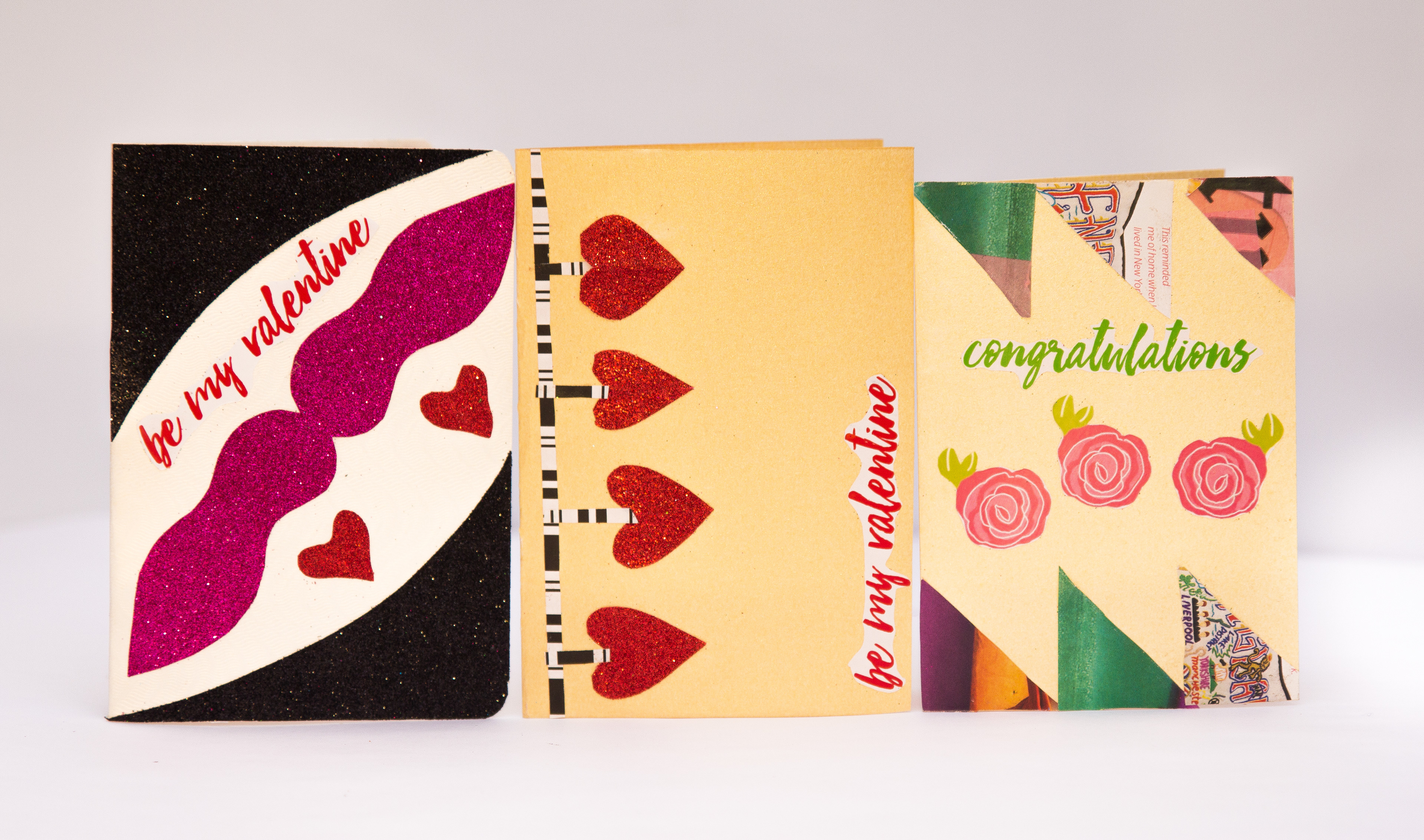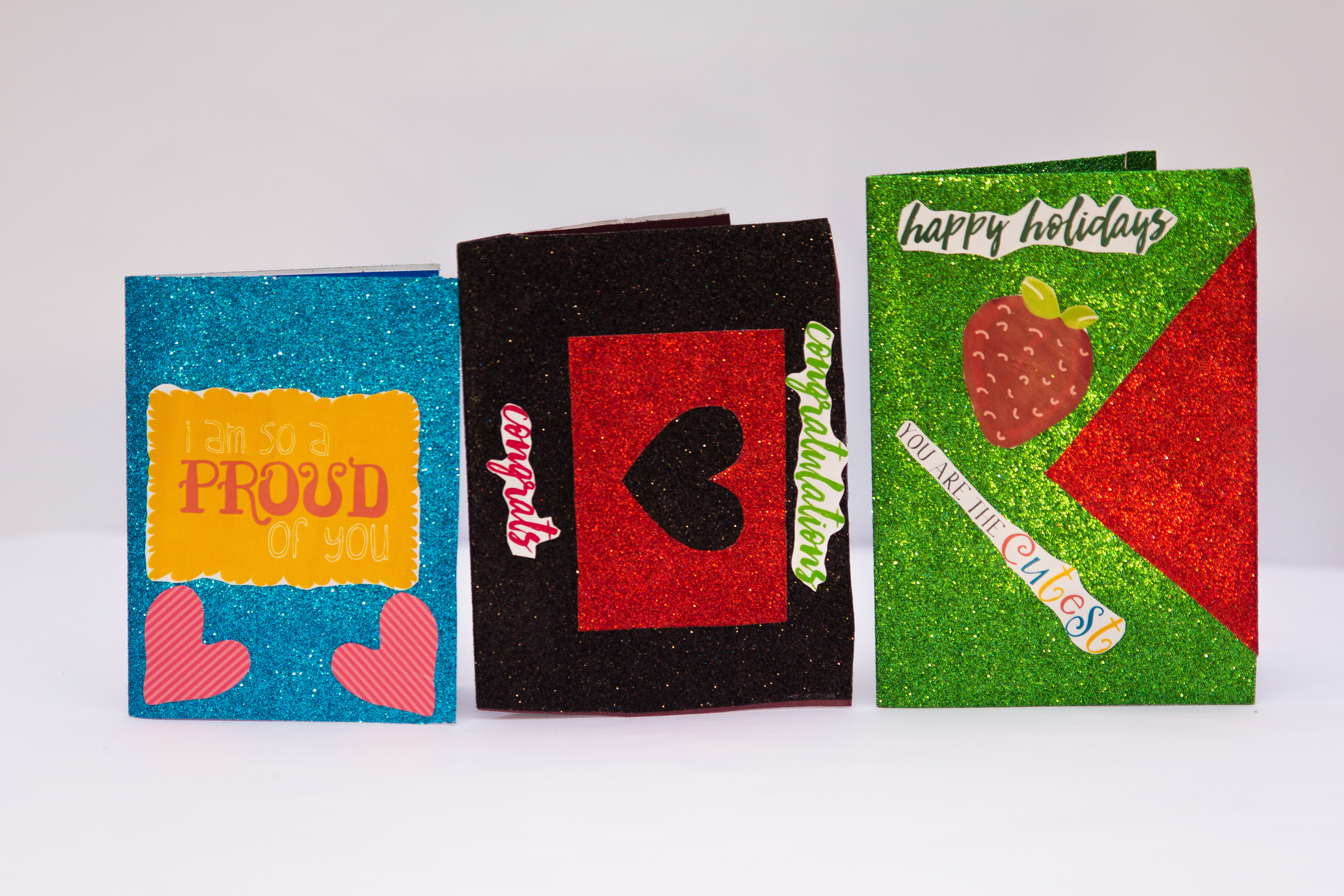Image shot by the Photography class
In partnership with HIAS, Creatives Garage Kenya conducted a 3-month intensive training programme designed to equip 40 refugee creatives with skills in business, entrepreneurship, and the creative arts. Delivered through weekly half-day sessions, the programme blended hands-on artistic training with practical business knowledge, creating a holistic approach to economic empowerment and creative self-expression.
The training covered business registration, tax and VAT compliance, branding, marketing, and social media strategy. Participants were provided with all necessary course materials and writing resources, and the programme ensured the confidentiality of all data collected. Reports were shared with HIAS on request.
Creative Training Tracks
Alongside the entrepreneurial modules, participants were trained in craft, film, photography, and graphic design each stream designed to provide both technical skill and creative expression.















Craft and Upcycling
In the craft class, participants were introduced to the art of upcycling, transforming everyday materials into market-ready products. The training encouraged sustainability while unlocking creative ways to generate income. Participants learned to view discarded items as raw materials for art and utility, producing unique items that reflected their personal creativity and could be sold locally or online. This approach not only encouraged environmental consciousness but also promoted a sense of ownership and innovation.
Image shot by the Photography class
Digital Photography
The three-week digital photography course offered hands-on instruction in both beginner and intermediate photography skills. Participants explored:
Camera settings, functions, and composition
Portrait genres and lighting (natural and studio)
Night and low-light photography
Conceptual photography as contemporary art
Image editing and Photoshop basics: blemish correction, cropping, and color balancing
The course culminated in a final photography project, where participants applied their new knowledge in a guided field trip, producing a series of creative photographs that showcased both technical growth and visual storytelling.
Graphic Design
The graphic design course offered a structured, two-week introduction to design theory and software applications such as Adobe Illustrator and Photoshop. Many participants came in with little or no design experience but showed promising beginner skills that only needed polishing. Despite the short time frame, students responded with high enthusiasm and a clear interest in learning more.
Course Highlights:
Introduction to the design industry, history, and future
Elements of design: line, color, shape, texture, and space
Principles of design: balance, contrast, emphasis, harmony, unity, and rhythm
Typography: anatomy of a letter, typefaces, branding, and layout
Creating visuals for print and web: logos, magazine ads, album covers
Image formatting, raster vs. vector, and preparing assets for different platforms
Projects included branding exercises, self-reflections, peer critiques, and class presentations, reinforcing both conceptual understanding and professional presentation skills.
Film Studies
The film module introduced students to the fundamentals of film as a storytelling medium and an artistic expression. Participants learned:
The basics of film production, lighting, and sound
Camera techniques and visual storytelling
Collaborative filmmaking in small groups
Film theory and its power to address social and political themes
The course concluded with the production of 3-minute short films, where participants applied their story development, shooting, and editing skills in collaborative final projects.
Lasting Impact
This programme was a transformational journey for participants navigating displacement, trauma, and economic hardship. Through creativity, collaboration, and business acumen, they were empowered to see themselves not as victims, but as entrepreneurs, artists, and changemakers.
By equipping them with tools and platforms, Creatives Garage and HIAS helped build a foundation for long-term creative sustainability, showing that art can be a pathway not just for healing but for survival and economic independence.
